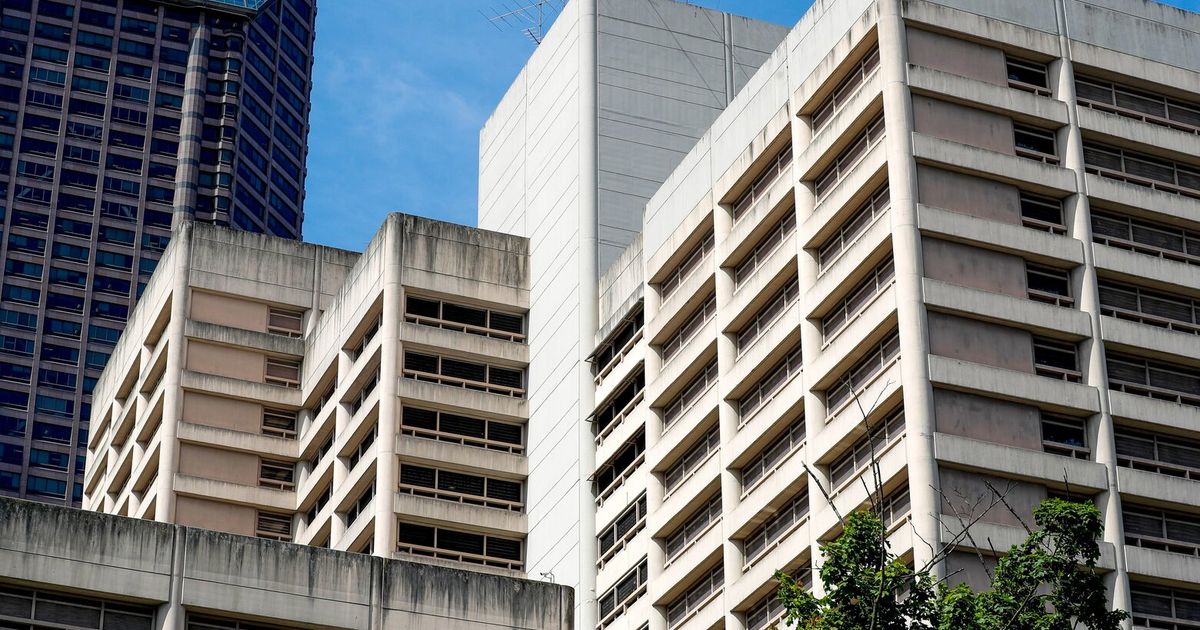Recognising a Sickle Cell Crisis: A Crucial Guide from the Australian Department of Health

Understanding Sickle Cell Crises and Why Early Recognition Matters
Sickle cell disease (SCD) is a genetic condition affecting red blood cells, causing them to become rigid and sickle-shaped. This can lead to painful episodes known as sickle cell crises, which can be life-threatening if not managed promptly. The Australian Department of Health has released a comprehensive guide to help individuals with SCD, their families, and healthcare providers recognise the early signs of a crisis, enabling timely intervention and improved outcomes.
What Triggers a Sickle Cell Crisis?
Several factors can trigger a sickle cell crisis, including dehydration, extreme temperatures (both hot and cold), infection, low oxygen levels (e.g., at high altitudes), and physical exertion. Stress, both physical and emotional, can also play a role. Understanding these triggers is vital for proactive management and prevention.
Early Signs to Watch Out For
Early recognition is key to managing a sickle cell crisis effectively. Here's what to look for:
- New or Worsening Pain: This is the most common symptom. Pain can occur in bones, joints, chest, abdomen, or back. It can range from mild discomfort to severe, debilitating pain.
- Fever: Often indicates an infection, which can trigger a crisis.
- Swelling of Hands and Feet: Due to blockage of blood vessels.
- Fatigue and Weakness: A general feeling of being unwell.
- Shortness of Breath: Suggests lung involvement.
- Abdominal Pain: Can be a sign of a splenic sequestration crisis (pooling of blood in the spleen).
- Changes in Urine Output: Decreased urine output can indicate kidney problems.
The Department of Health's Guide: What Does It Offer?
The Department of Health's guide provides detailed information on:
- Symptoms & Signs: A comprehensive breakdown of the various symptoms associated with sickle cell crises.
- Risk Factors: Identification of factors that increase the likelihood of a crisis.
- Prevention Strategies: Practical tips for managing SCD and reducing the risk of crises, including hydration, avoiding extreme temperatures, and regular medical check-ups.
- When to Seek Medical Attention: Clear guidelines on when to seek immediate medical help.
- Resources & Support: Information on support groups and organisations for individuals with SCD and their families.
Importance of Proactive Management
Living with SCD requires ongoing management and vigilance. Regular consultations with a hematologist (blood specialist) are essential. Adherence to prescribed medications, maintaining adequate hydration, and avoiding triggers are crucial for minimizing the risk of crises. The Department of Health's guide is a valuable resource for empowering individuals with SCD to take control of their health and well-being.
Where to Find the Guide
The full guide is available on the Australian Department of Health website. [Insert Link to Department of Health Website Here – Replace with Actual Link]. It is also available in multiple languages and formats to ensure accessibility for all.
Disclaimer: This information is for general knowledge and informational purposes only, and does not constitute medical advice. It is essential to consult with a qualified healthcare professional for any health concerns or before making any decisions related to your health or treatment.






